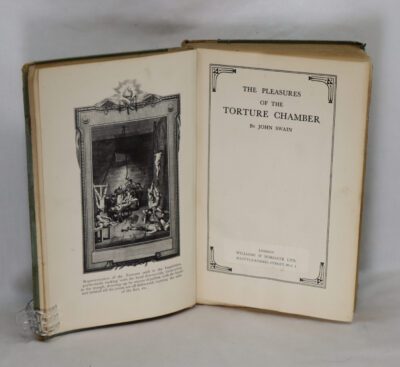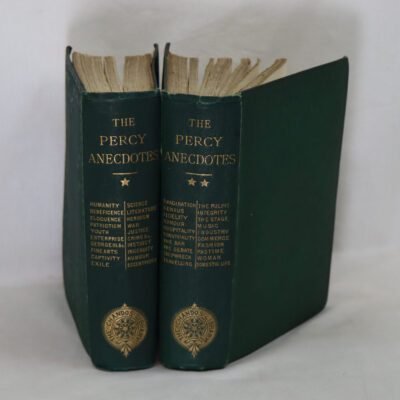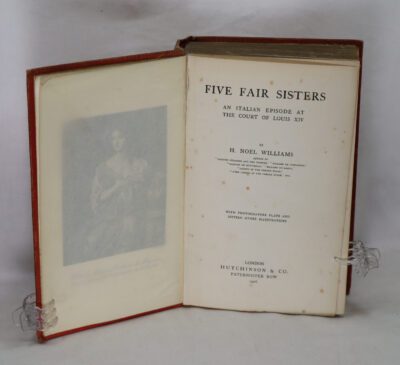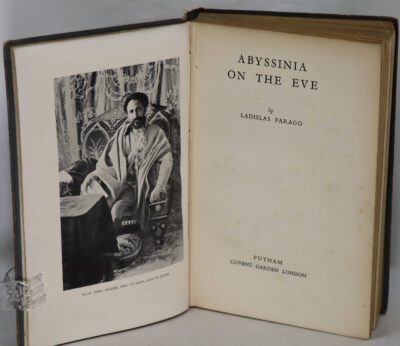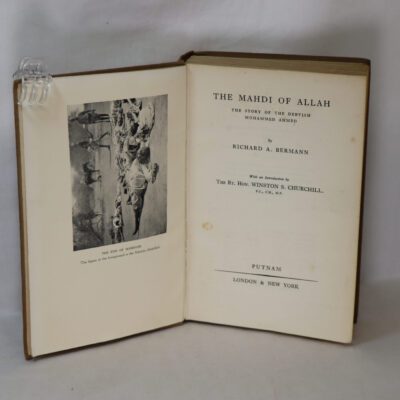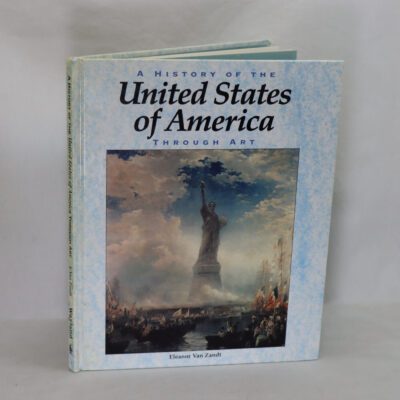The Folio Book of the 100 Greatest Portraits.
ISBN: 9780191069284
Printed: 2004
Publisher: The Folio Society. London
| Dimensions | 24 × 30 × 3 cm |
|---|---|
| Language |
Language: English
Size (cminches): 24 x 30 x 3
Condition: Fine (See explanation of ratings)
Your items
Item information
Description
In a fitted box. Tan cloth spine with gilt title. Mona Lisa on the front board.
F.B.A. provides an in-depth photographic presentation of this item to stimulate your feeling and touch. More traditional book descriptions are immediately available.
Endorsed by F.B.A. – F.B.A. is endorsing a range of collectable lovingly used books
A well-produced and one of the better Folio books
Reviews
‘So, I enjoyed reading/looking at this book a great deal, which might make you think that I’m some sort of art appreciator and a person of some taste, but I’m going to dispel any such misconception right here by saying something that brands me as an art cretin: I think somewhere along the line we lost the ability, as a culture, to make truly great portraits.
By the 1400’s, you were already seeing some really great work. Robert Campin’s “A Woman” (identity lost in the mists of time) and “A Fat Man” (probably Robert van Massemen) are both really good. There remained many great works, both in the details and in the ability to convey something of the subject’s personality, until about the turn of the 20th century, and then it all seems to go into reverse, the slow progress of the High Middle Ages draining away until we are left with something that, frankly, tells me that the artist was quite fond of their own creativity, but doesn’t really convey much about the subject.
So, if you find the idea that the likes of Pablo Picasso and Henri Matisse couldn’t do portraits as well as John Singer Sargent or Gilbert Stuart to be preposterous, perhaps you can just discount this entire review, since it is (as mentioned earlier) the work of an art cretin.
This book is nicely bound, and it has a lot of the biggies. The Mona Lisa, yes, and also the portrait of George Washington you see when you imagine “George Washington”. Klimt, John Singer Sargent, Gilbert Stuart, Dante Gabriel Rossetti, James McNeill Whistler, and lots of other big names. Each portrait is an entire page (about 8.5×11), and the page facing it had text about the artist, the sitter, and some of the painting’s history. I decided to read it a page or two at a sitting, usually with breakfast.
So, they got half a dozen or so art critics to write the text, and often the historical info was interesting, but their descriptions of all the things they claimed to be seeing in the portraits seemed to me to owe as much to their own creativity and imagination as it did to the artist’s. But, if you can put aside that, and just look at the portrait for its own sake, it was a calming and enjoyable way to begin the day. I kept a magnifying glass at hand, to better look at the details in some cases. I think I would have refused to allow my subjects to wear lace, if I were trying to do this, but these folks were pros (and perhaps the sitters were wanting to show off their fancy dress), so they put all that detail in. God knows how. But they also got a great deal of subtlety of expression (it had to be subtle when the sitter was going to be sitting for hours).
Obviously, from this review, you can tell that this book isn’t going to make you an art expert. But, it was a nice survey of several centuries. I just hope we can find a way to get back to where we were at the end of the 1890’s, in this particular field anyway.’
‘The portraits in this book, as advertised, are great, and their reproductions are high quality. On the facing page of each portrait is a page of text about the painting, its subject, and the artist. The texts come from 50-some contributors and are not always consistent in their emphasis, but they always include plenty of relevant information, covering such things as symbolism within the painting, current styles, very brief biographies of the subject, and the relationship between subject and artist. The portraits range from c. 1349 to 1937. I would probably give the book five stars except for one major blunder in it: Where the text describes “The Infanta Margarita in Blue” by Diego de Velazquez, the portrait instead shows Margarita in White (also by Velazquez). Another minor irritant is that the text often refers to other paintings (some of the portraits are half of a pair, for example); it would be nice if those other pictures appeared somewhere in the book, even if just as a thumbnail reproduction. Finally, as explained in the introduction, these are not the world’s greatest portraits, but only those from the Western tradition.’
Want to know more about this item?
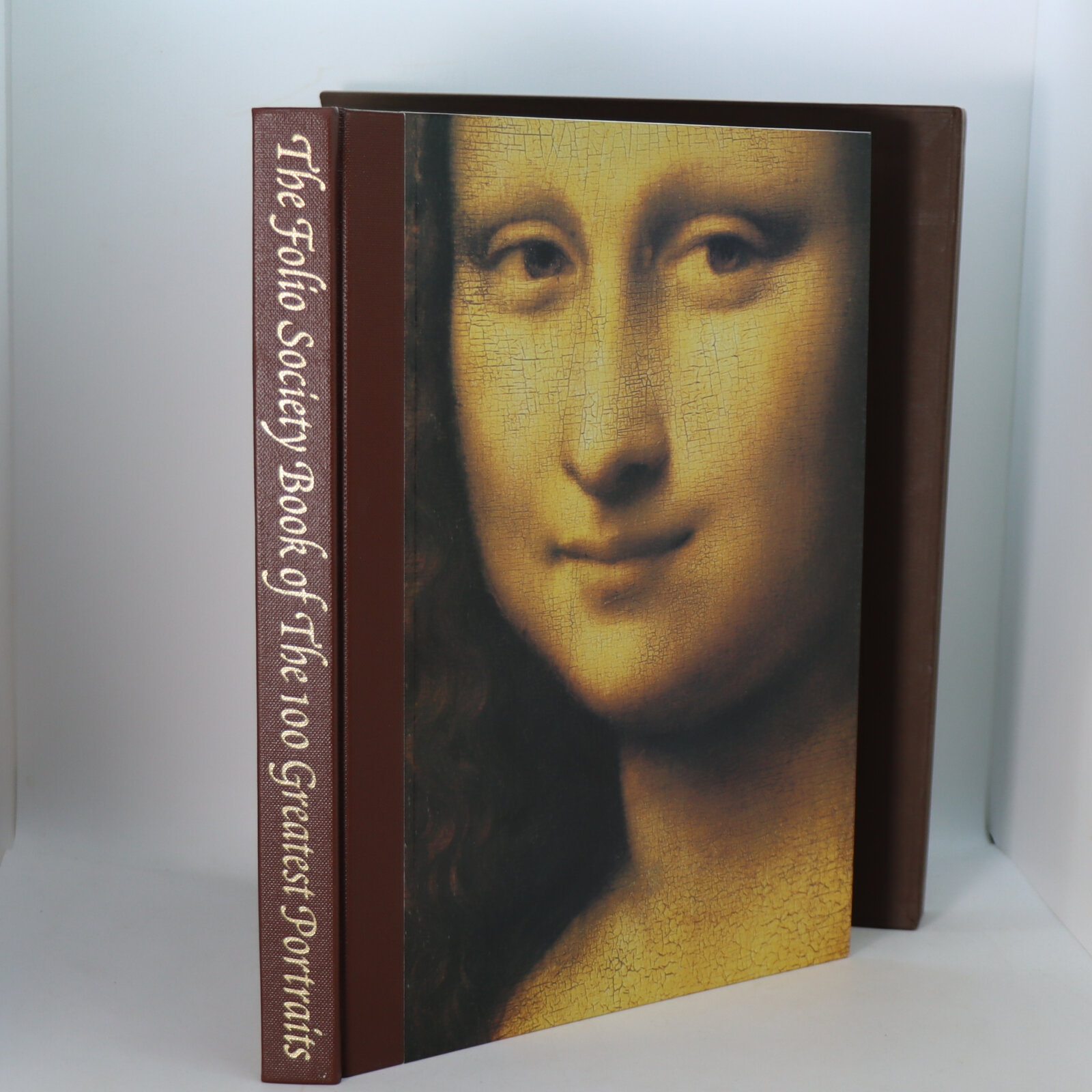
Share this Page with a friend



